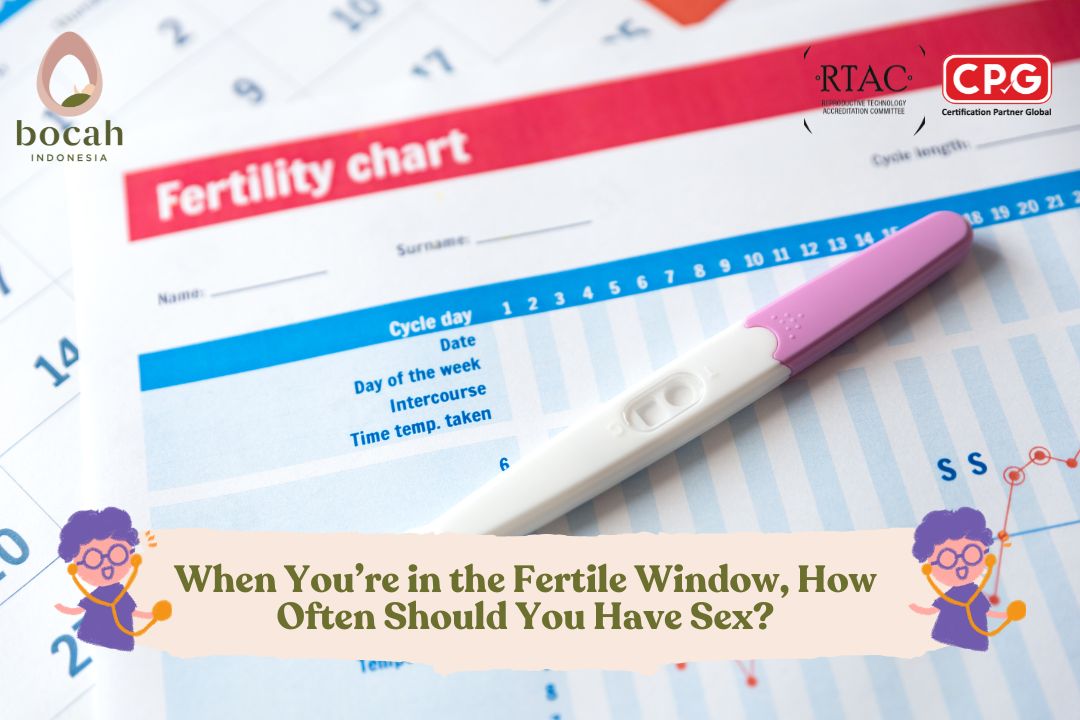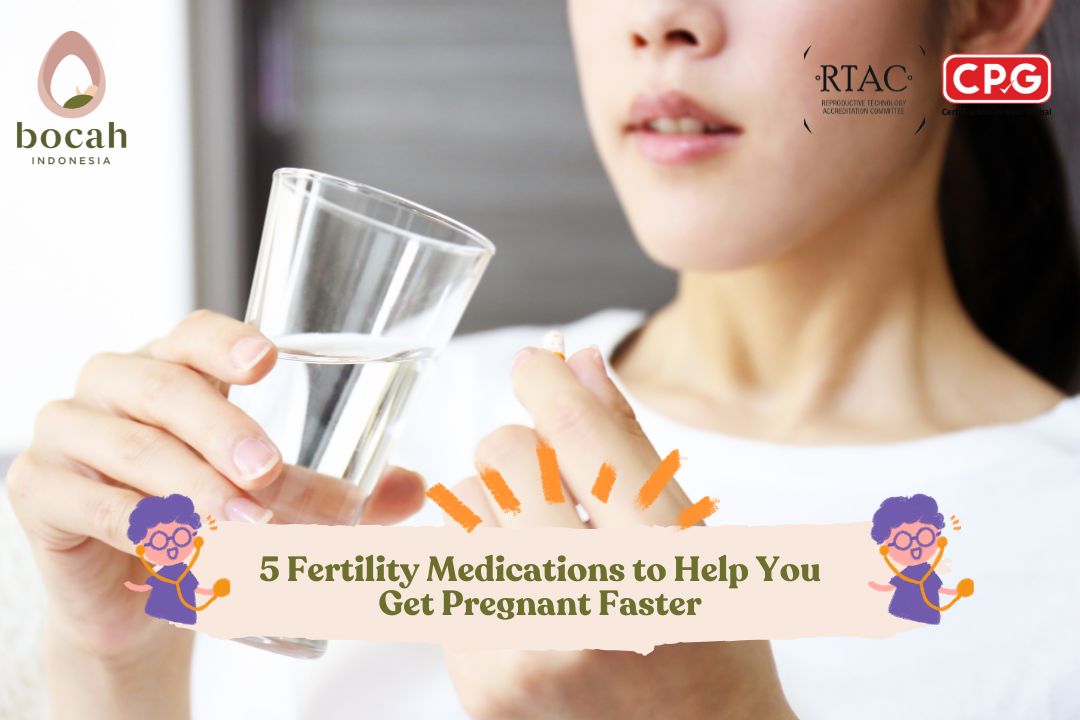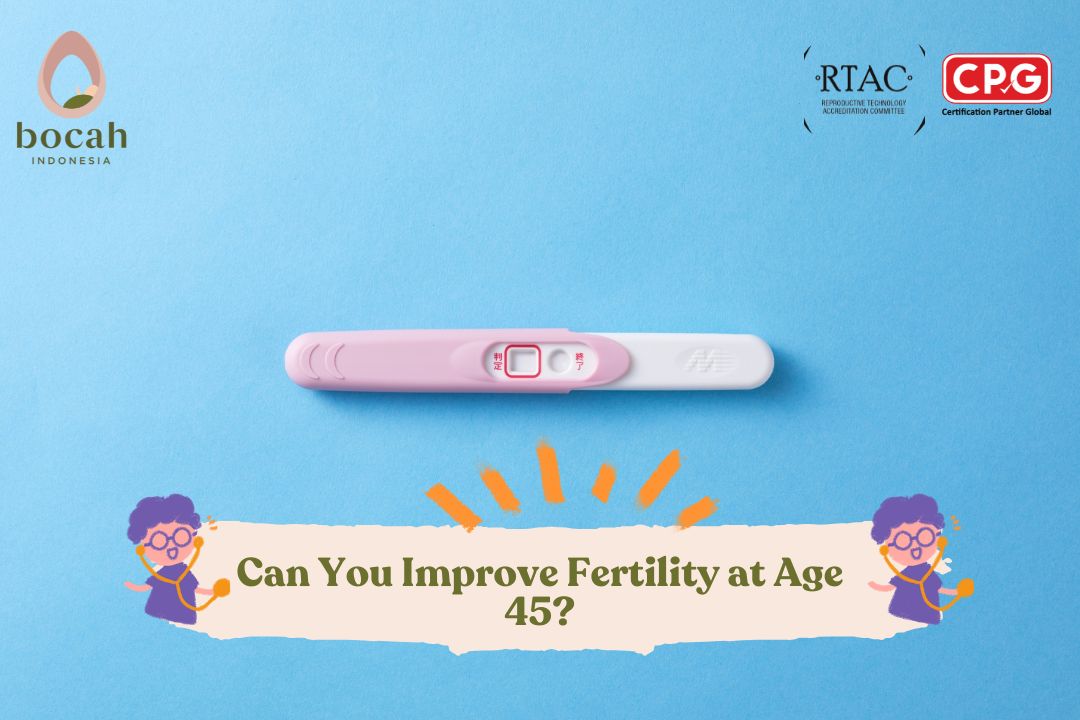When You’re in the Fertile Window, How Often Should You Have Sex?

Are you and your partner trying to conceive and wondering how often to have sex during your fertile window? Let’s find out together!
For couples hoping to welcome a little one, understanding the fertile window is a key step in the journey to pregnancy. One of the most optimal times to have sexual intercourse is around the time of ovulation, when the chances of conception are at their highest because the egg is ready to be fertilized.
Ovulation usually occurs around Day 14 of a regular 28-day menstrual cycle. However, irregular cycles or inaccurate calculations can be contributing factors to delayed conception.
That’s why it’s important for couples to recognize ovulation signs and determine the best time to have intercourse during the fertile period. Read on for a complete guide.
How Ovulation and Conception Work
Ovulation is the process in which a mature egg is released from the ovary, typically occurring once per cycle, around Day 14 in a 28-day menstrual cycle. After release, the egg travels into the fallopian tube where it waits for fertilization by sperm. This phase is known as the fertile window, when the chance of getting pregnant is highest.
Tanya Mincah tentang Promil?
To fertilize the egg, sperm must successfully pass through the cervix, into the uterus, and reach the fallopian tube where the egg is located. Sperm can survive in a woman’s reproductive tract for up to five days.
Therefore, having sex several days before ovulation can still result in pregnancy. When the sperm meets and successfully fertilizes the egg, this is called fertilization.
After fertilization, the resulting zygote begins dividing and moves toward the uterus. Once there, it will implant into the uterine lining—a process known as implantation—which typically occurs between 6 to 10 days after ovulation.
Biologically, pregnancy is considered to begin once implantation occurs successfully. If fertilization does not occur or implantation fails, the uterine lining will shed, leading to menstruation and the start of a new cycle.
How Often Should You Have Sex During the Fertile Window?
To maximize the chances of conception, it is recommended that couples have sex regularly during the fertile window, particularly 2–3 days before ovulation and on the day of ovulation itself. Having sex every one to two days during this period ensures that viable sperm are present when the egg is released.
For example, if your cycle is typically 28 days and your first day of menstruation is June 1, ovulation would likely occur around June 14. Your fertile window would begin around 5 days before ovulation, from June 9 to June 14.
To increase the chances of getting pregnant, you could schedule intercourse on June 9, June 11, and again on June 14. Since sperm can survive up to 5 days, having sex on the days leading up to ovulation ensures that sperm are already present and ready to fertilize the egg when it is released.
This approach helps maximize the possibility of sperm-egg meeting, increasing the likelihood of pregnancy.
How to Track and Calculate Your Fertile Window
One common method of identifying the fertile window is by using fertility awareness methods, also known as natural family planning. Here are a few commonly used techniques:
1. Calendar Method
If your menstrual cycles are regular, you can chart the first day of your period each month to predict ovulation. According to the American College of Obstetricians and Gynecologists (ACOG), the fertile window typically falls between Days 8–19 in cycles that last between 26 and 32 days. The first day of your period is counted as Day 1.
2. Cervical Mucus Method
Cervical mucus changes throughout the cycle. Many women notice an increase in thin, clear, stretchy, and slippery mucus resembling raw egg whites just before or during ovulation. After ovulation, the mucus usually becomes thicker or sticky. Monitoring changes in the amount, color, texture, and odor of cervical mucus at least once or twice daily can help identify fertile days.
3. Basal Body Temperature (BBT) Method
BBT refers to your body’s temperature at complete rest, typically measured each morning before getting out of bed. A slight rise in temperature (about 0.3°C or 0.5°F) signals ovulation and remains elevated until the end of the cycle. Tracking your BBT daily with a special thermometer can help identify ovulation patterns over time.
However, it’s important to note that these methods may require several months of consistent tracking to be reliable, and they are not 100% accurate.
Final Thoughts
Monitoring the fertile window can help couples better plan for pregnancy. However, various factors like stress, physical activity, and diet can influence the length of the menstrual cycle and the timing of ovulation, which may vary from month to month.
Therefore, if you’re planning to conceive, it’s a good idea to consult a medical professional or visit a fertility clinic to receive personalized guidance. You can also read more articles on Bocah Indonesia for trustworthy information on conception and IVF programs.
Source:
- ACOG – American College of Obstetricians and Gynecologists. (2022). Fertility awareness-based methods of family planning.
- NHS. (2024). Natural family planning. Retrieved from https://www.nhs.uk/contraception/methods-of-contraception/natural-family-planning/
- NHS. (2023). Periods and fertility in the menstrual cycle. Retrieved from https://www.nhs.uk/conditions/periods/fertility-in-the-menstrual-cycle/
- Schjenken, J. E., Robertson, S. A. (2020). The female response to seminal fluid. Physiological Reviews, 100(3), pp. 1077–1117. https://doi.org/10.1152/physrev.00013.2018
- Steward, K., Alvi, F. A., Prakash, S. (2023). Physiology, ovulation and basal body temperature. StatPearls.
- Teal, S. B., Ginosar, D. M., Hacker, M. R. (2021). Contraception selection, effectiveness, and adverse effects: A review. JAMA, 326(24), pp. 2529–2540.
- Yu, J-L., Li, J., Wu, J., et al. (2022). Tracking of menstrual cycles and prediction of the fertile window via measurements of basal body temperature and heart rate as well as machine-learning algorithms. Reproductive Biology and Endocrinology, 20(1), Article 61. https://doi.org/10.1186/s12958-022-00993-4
- Menstrual Induction Medications to Treat Irregular Periods - 19/12/2025
- Magnesium Deficiency, Does It Affect Fertility? - 12/12/2025
- How to Treat Infections of the Fallopian Tubes - 05/12/2025









